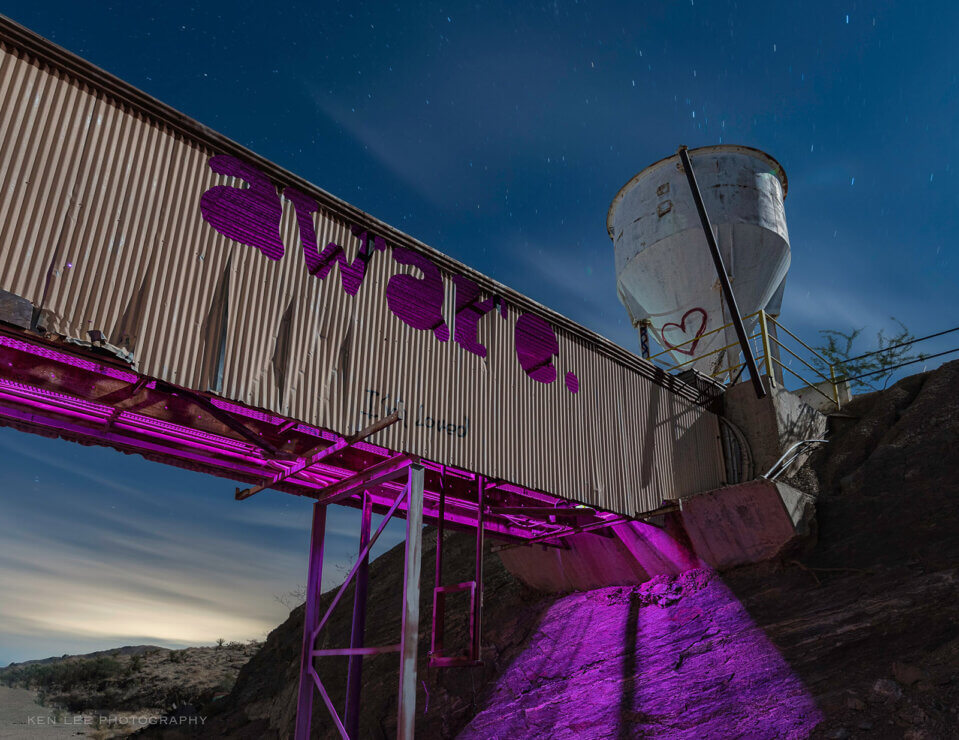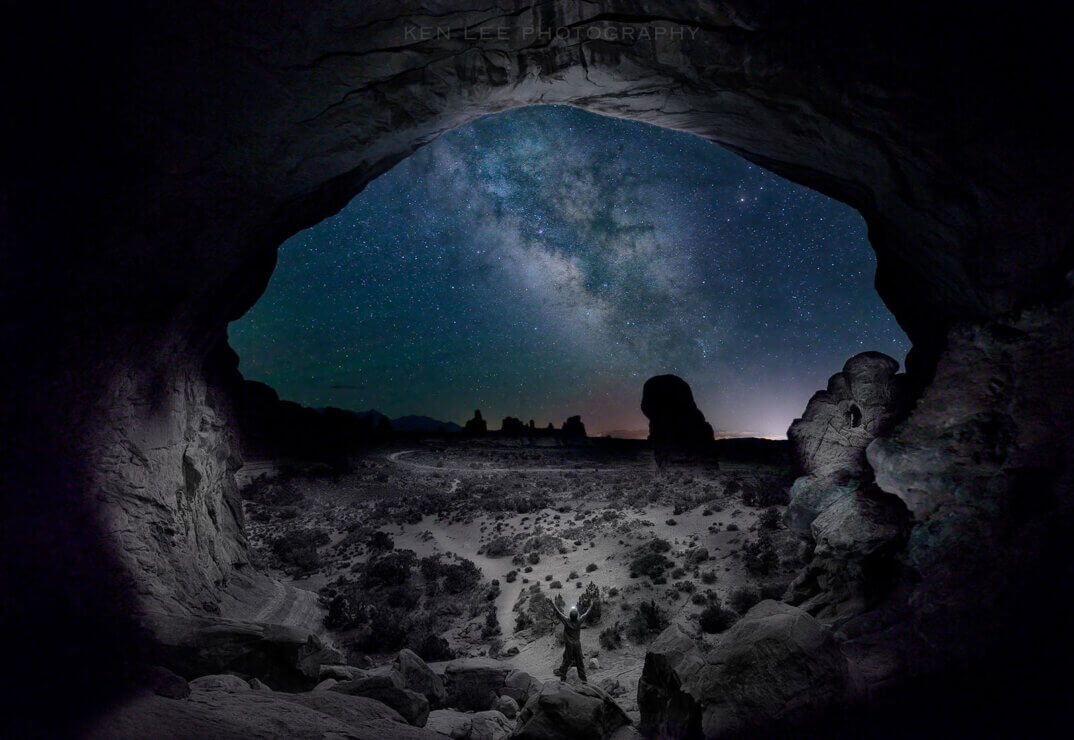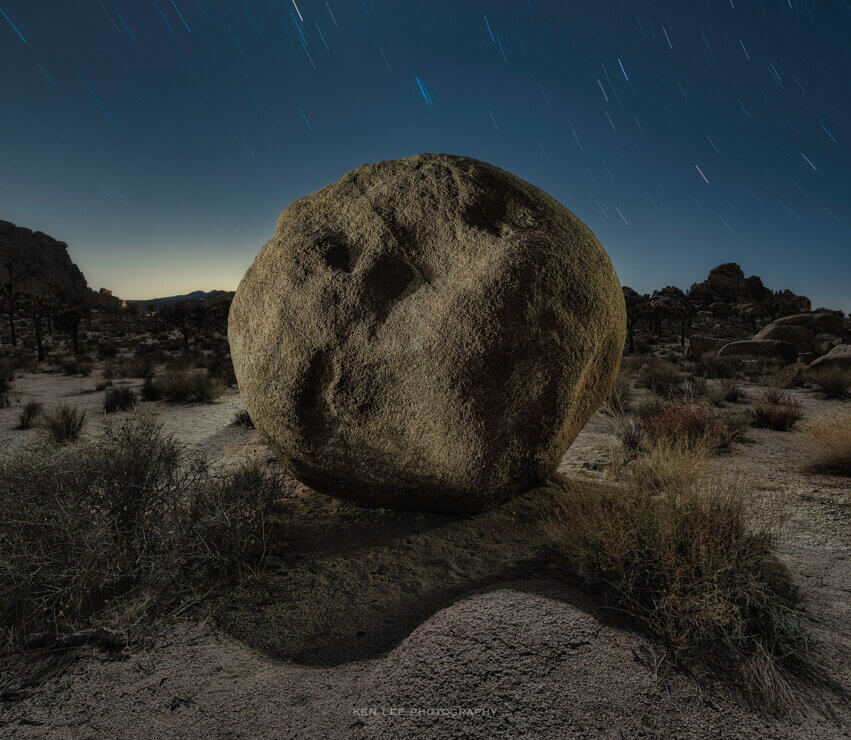Can you light paint, or illuminate, a foreground in our National Park system for your night photo? If so, which ones?
Light painting
Light painting is illuminating a subject at night with light. This can be disruptive to others. Or to wildlife. And it’s compounded if it is with a crowd of people, such as what was happening at Delicate Arch in Arches National Park.
While I have joked about this while discussing photographs of people pointing their flashlights up at the Milky Way, this is actually a real issue borne out of some people’s frustration.
Where can I use artificial lighting in the National Park system?
The National Park Service manages 423 individual units. These 423 also include Monuments, Preserves, Reserves, Lakeshores, Rivers, Parkways, Historical Parks, Battlefields, Forests, and other designations. In 417 of these places, you may use artificial lighting, including light painting.
Where is artificial lighting banned?
This has changed in the past couple of years. However, to the best of my knowledge, the use of artificial light sources to illuminate landscapes, rock formations, or other park features is banned in Arches, Canyonlands, Natural Bridges National Monument, Hovenweep National Monument, Capitol Reef and Grand Teton National Parks. This of course includes “light painting”.
However, it also includes ultra-dim static lighting as well. This ultra-dim lighting is typically as bright as the stars and is virtually imperceptible to people.
Controversy
The ruling from these six units has been controversial among night photographers. Some feel that using very dim lighting from static panels does not disturb anyone, to the point where they are often not discernible except to the very sensitive sensors of a camera set to photograph long exposures at high ISOs.
Some photographers point out that it is OK to have cars racing through the parks at night. And in the case of Grand Teton, there’s also a highway, international airport, and private properties within its boundaries, all of which create more light than photographers ever would.
There are multiple sides to this issue. And people from these various sides often make strong points.
Regardless, most night photographers acknowledge that light painting can be disruptive to wildlife and people. Consequently, we choose to respect park regulations and share the space with others.
VISIT ME, VISIT ME!
BOOKS AND PRINTS:
Head on over to the Ken Lee Photography website to purchase books or look at night photography and long exposure prints and more. My books are available there and Amazon, Barnes and Noble, Target, Booktopia, Books A Million, IBS, and Aladin. If you enjoy the book, please leave a nice review, thanks!
NIGHTAXIANS VIDEO YOUTUBE PODCAST:
Night photographers Tim Little, Mike Cooper and I all use Pentax gear. We discuss this, gear, adventures, light painting, lenses, night photography, creativity, and more in this ongoing YouTube podcast. Subscribe and watch to the Nightaxians today!
SOCIAL MEDIA:
Ken Lee Photography Facebook Page (poke your head in, say hi, and “like” the page if you would, uh, like)
Instagram
PODCAST:
Behind the Shot video podcast – interview February 2020
VIDEO PRESENTATION:
How We Got the Shots: Five Photographers, Five Stories – Night Photo Summit 2022
VIDEO INTERVIEW:
Ken Lee’s Abandoned Trains Planes and Automobiles with Tim Little of Cape Nights Photography
Conversation about night photography and my book with Lance Keimig of National Park At Night
ARTICLES:
A Photographer Captures Haunting Nighttime Images of Abandoned Buildings, Planes, and Cars in the American Southwest – Business Insider by Erin McDowell
A Photographer Explores Southern California’s Desert Ruins – Los Angeles Magazine article by Chris Nichols


























